Your investment portfolio can get depressed too! For sure, falling back when daylight savings time ends is always a bit of a bummer. And changing the clocks is an un-fun time of year for many too. But for me — I want to yell at the sky where the sun used to be. Yep, I’m probably just dealing with “The SADs”, but now I may have to deal with a depressed investment portfolio too? Gaw. There’s help.
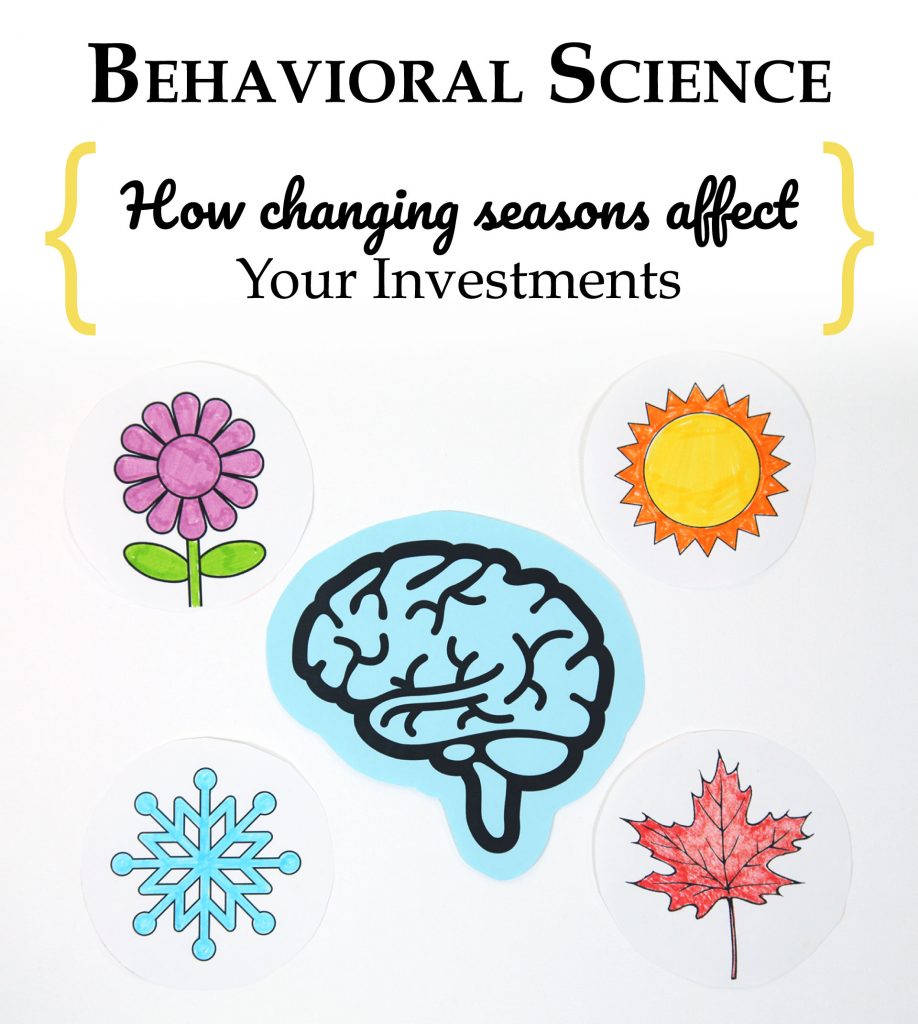
About the SADs. It’s too real!
Seasonal Affective Disorder (SAD) is a type of depression we humans can experience when our exposure to sunlight changes. Researchers say SAD can lead to low mood, restless sleep, and loss of interest in the fun stuff in life. I knew humans can get SAD, but what I didn’t know is SAD can make your investment portfolio depressed too.
Related: 3 Behavioral Science Tricks to Help You Pay Off Debt Faster
Enter the research of Dr. Lisa Kramer, a University of Toronto finance professor. Dr. Kramer specializes in the interdisciplinary field of of behavioral finance, which blends psychology and economics to study markets and financial decision making.
It turns out SAD sufferers and those who experience seasonal mood fluctuations may be harming their finances as the seasons change.
Your investment portfolio risk tolerance can change seasonally
“Starting with Fall Equinox, what we find in financial markets is that individuals are less interested in holding risky assets and more interested in holding safer assets as they become influenced by this reduction in light,” says Dr. Kramer. “We become averse to holding stocks, and perhaps more interested in holding safe bonds.”
What’s the problem with taking on less investment risk?
“The implication is that people who are willing to hold those riskier assets during those darker seasons earn a much higher return on average than those people who sit out that time of the year,” she says.
Financial risk tolerance relates to the amount of market volatility – all the ups and downs – an investor can handle, along with their ability deal with an investment portfolio loss. Financial planners often gauge investor risk with a client questionnaire, and categorize investing styles as aggressive, moderate or conservative.
So an aggressive investor with a high risk tolerance is far more willing to risk losing money for potentially better results, while a conservative investor with a low risk tolerance prefers investments that maintain their investment.
Related: Behavioral Economics: Rewire your brain to master money
But based on Dr. Kramer’s study, “Seasonal Affective Disorder and Risk Aversion in Financial Decision Making” (PDF), investor tolerance for risk may have a seasonal component and be far less static than the one-time answers provided by a financial planner’s client risk questionnaire.
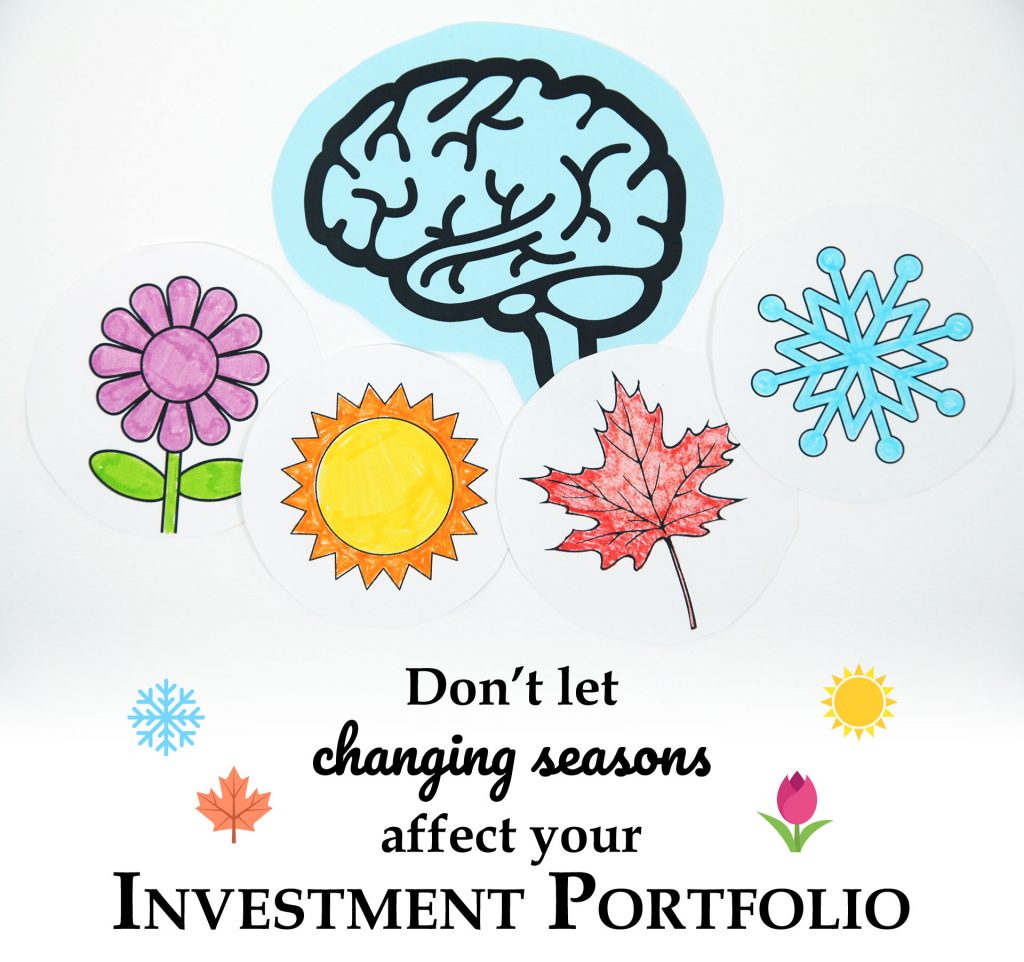
“Our tolerance for financial risk is probably not a stable trait. It changes over time and just that awareness can help guide us towards a long term investment strategy that is going to be robust to changes in our risk preferences.”
Protecting your investment portfolio from ‘The SADs’
So what’s an investor who is affected by seasonality and a varying tolerance to financial risk to do?
“Markets will often drop in the Fall and some investors just can’t resist the impulse to sell everything, and that’s just the worst possible thing to do. We end up making the worst mistakes when we act impulsively in response to what’s going on in the markets,” says Dr. Kramer.
“The way to get around all of that is simply to buy and hold, develop an investment strategy that involves regular contributions to the portfolio, maybe periodic rebalancing every year or two in consultation with a professional or in accordance with a long term set of goals.”
Related: Money Goals: How To Set Financial Goals That Slay
While we cannot prevent the shortening of days in the winter months nor the jolt from the end of daylight savings time, awareness of how seasons can affect mood and tolerance for financial risk can help you make the right investment portfolio decisions.
Checking in with a financial planner to reevaluate your risk profile is solid way to be sure your portfolio meets your long term needs. And having a plan you can stomach year-round can let you hibernate through the winter until the sun shines again.
Love love love,
Kerry
Some Hugs: If you suffer from depression — I’ve been there. Here’s my very personal story: Daddy plays. Mommy cries.
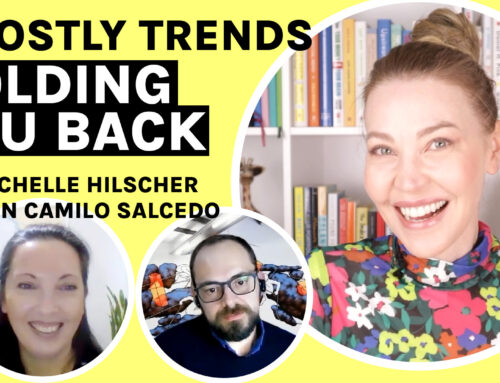
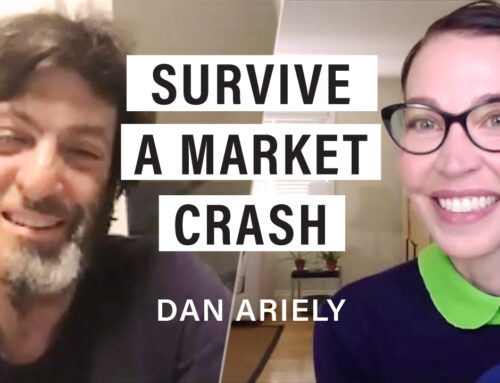
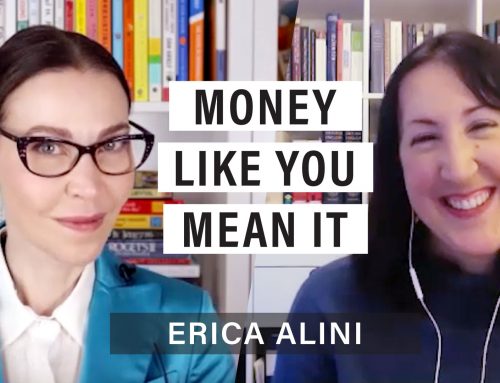


Very interesting article, I never thought about this effect of seasonality!
What you lay out in the article asks for ever bigger discipline and automation of your investment. If you regularly invest in an ETF and otherwise don’t touch your investment portfolio, you can therefore master the risk laid out in your article. In other words, you are bringing forward yet an other argument which speaks against active investment strategies!
Cheers,
Lukas
Really interesting article. There are so many factors to consider when investing. The main take away for me is that setting up automtic investmetns will serve you well. Once they are set up it takes a lot of effort to stop the investments. As a results it stops me from not investing or changing my stratgy every time the market slows down.
Interesting! I’ve never considered how SADs could affect investment behavior. I completely agree with Laura above that the best play is to regularly invest and generally ignore what the market is doing that day or that week.
Great point here. Investing is such a balance between EQ and IQ. Being self-aware of how you are personally wired to changes is equally as important as your market knowledge.
Thank you for putting this out!
Great post. I just buy monthly in the market, and decide on what to buy on what has dropped in % of my portfolio. If you invest in certain markets (e.g. stocks, bonds, gold, REITs) there is always a market lagging behind. For me, it helps with dealing with the downturns in my portfolio.
Great article Kerry! It was very helpful, thank you for sharing!